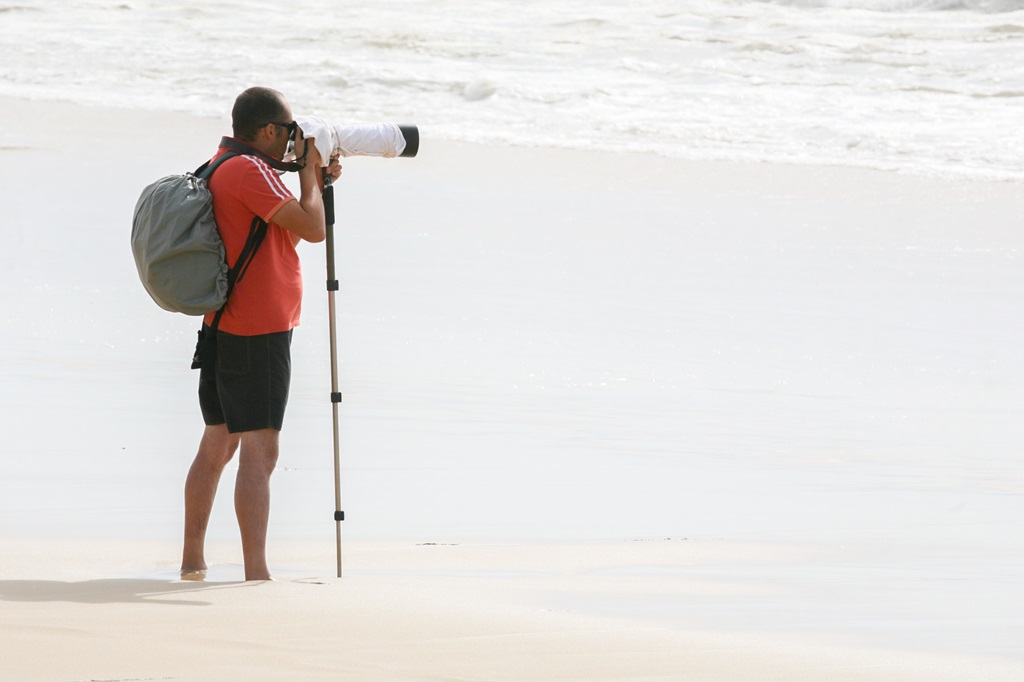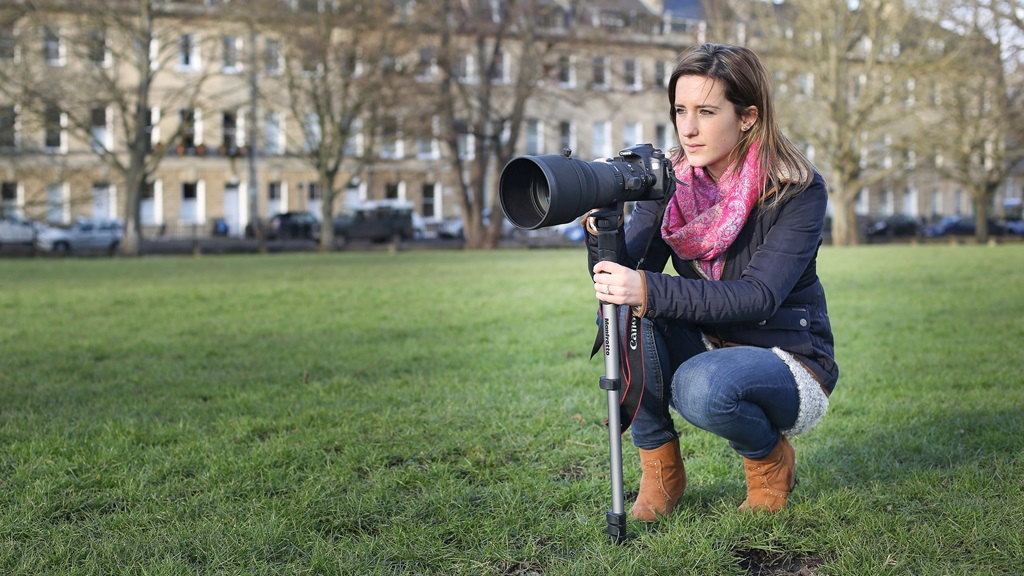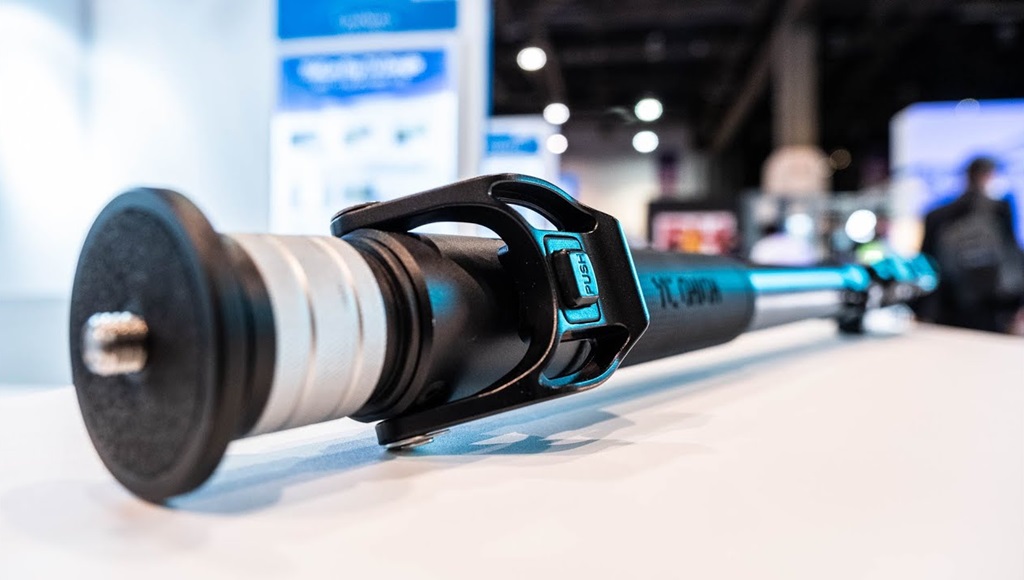A camera monopod walking stick is a great tool for photographers who want the versatility and stability of a monopod combined with the convenience and support of a walking stick. This multipurpose gear allows you to take steady shots while on the move, functioning as both a walking aid and a camera mount. Learning how to effectively use a camera monopod walking stick can help improve your photography during your outdoor adventures.
Benefits of Using a Camera Monopod Walking Stick
There are several advantages to using a camera monopod walking stick:
Provides Stability for Clear Shots
The monopod design gives you extra stability for clearer handheld shots while standing still. This allows you to take sharper photos by reducing camera shake, especially when using long or telephoto lenses. The third point of contact keeps your camera steady.
Allows Flexibility While Moving
Unlike a traditional tripod, a camera monopod walking stick lets you easily move around and reposition yourself while still providing stability. This gives you more flexibility when composing shots from different angles and perspectives while on the go.
Supports Balance and Mobility
The walking stick function gives you extra balance and support while hiking uneven terrain, climbing hills, or walking long distances with camera gear. This lets you focus more on getting the shot versus struggling to carry heavy equipment safely.
Suitable for All-Day Use
A camera monopod walking stick is designed for prolonged outdoor use. It’s made of durable, lightweight materials that make it comfortable for extended carrying and shooting sessions beyond what a regular monopod can handle.
Provides Convenient Access
The integrated design means you don’t have to carry a separate monopod and walking stick. This gives you quicker access to stable camera support when a shot opportunity arises.
What to Look for in a Camera Monopod Walking Stick

When choosing a camera monopod walking stick, keep these key factors in mind:
Adjustable Height
Look for a monopod walking stick that provides adjustable leg segments to accommodate different heights and terrain. This allows you to customize it for optimal comfort and shooting stability.
Lightweight Materials
Favor carbon fiber, aluminum, or alloy construction over cheaper and heavier options. Lightweight but sturdy materials make a big difference for all-day carrying comfort.
Maximum Height
Consider your shooting needs and look for a monopod walking stick that can extend high enough for eye-level use. Maximum heights from around 56” to 70” are ideal.
Load Capacity
Check the maximum load capacity to make sure it can safely support your camera gear. A capacity of at least 18 lbs is recommended for DSLR setups.
Comfortable Grip
The handle should be ergonomic in shape with a textured, slip-resistant surface for maximizing comfort during long periods of use.
Secure Mounting Platform
The mounting platform needs to keep your camera safely in place. Look for secure mounting screws and rubberized pads to hold gear steadily.
Accessory Features
Handy accessories like a wrist strap, storage bag, spiked feet for slippery conditions, and flip locks for faster adjustments add to its versatility.
Setting Up Your Monopod Walking Stick
Properly setting up your camera monopod walking stick helps ensure optimal function. Follow these tips:
Extend Legs to Desired Height
Release leg locks and extend middle and lower leg sections to your ideal height for shooting and walking. Retighten locks securely.
Position Mounting Platform
When tightened, the mounting platform should face outward at a slight upwards angle. This lets you easily slide your camera into place.
Adjust Handle
Make sure the handle is tilted at a natural, comfortable angle that allows you to grip it easily with your wrist straight.
Attach Accessories
If included, attach accessories like the wrist strap, spiked feet for snow/ice, or counterweights for heavier gear.
Insert Camera
Slide your camera mount onto the platform and turn mounting screw clockwise to securely attach your camera. Don’t overtighten.
Check Stability
Gently shake your setup and make adjustments as needed until your camera sits snugly with no wiggle room or sideways tilt.
Shooting Techniques for Steady Camera Work
Once you’ve set up your camera monopod walking stick correctly, use these techniques for taking clear, shake-free shots:
Plant Feet Apart
Stand with your feet shoulder-width apart for maximum stability. Keep legs braced and body relaxed but upright.
Lean Into the Stick
Gently lean your body into the monopod walking stick to utilize its support and reduce strain on your arms.
Support Most of the Weight
Let the monopod bear the brunt of your camera’s weight by loosely cradling the setup with both hands.
Pull Back Against Handle
Lightly pull back against the grip handle when preparing to shoot to engage your core and arm muscles.
Use Timer or Remote
Use the timer or a remote release to eliminate any camera shake from pressing the shutter button.
Control Breathing
Inhale, exhale to stabilize breathing, then take the shot between breaths to avoid motion blur.
Consider Your Grip
Hold the stick near the bottom for maximum stability or nearer the top for maneuverability based on shooting needs.
Walking Techniques for Added Support

The camera monopod walking stick also provides key support when moving that can improve your photography:
Take Shorter Steps
Keep your steps small and controlled to maintain balance with camera gear. Take your time over uneven ground.
Lean on Stick
Put some body weight into the stick with each step for extra support and to absorb impact through your arm versus directly into your spine.
Plant Stick First
When stepping up or down, plant the stick a few inches ahead of your foot to maximize stability as you change elevation.
Use Proper Hand Placement
Grip the handle gently but securely near hip level for optimal control, letting the stick and arm bear the brunt of forces.
Keep Elbows In
Walk with elbows close to your body, not jutting outward, to improve balance and avoid catching the stick on obstructions.
Stop Fully Before Shooting
Come to a complete stop between steps when preparing to take a shot. Engage core and brace the stick to avoid handheld blur.
Consider Terrain
On slippery surfaces, point spiked feet or rubber tips down for traction. Adjust your height higher over obstacles or uneven ground.
Tips for Better Images
Besides providing camera stability, you can use the unique advantages of a monopod walking stick to enhance your creativity:
Take Advantage of Height
Use the stick’s extra height capabilities to frame shots from above, over obstacles, or over crowds. Think outside ground level perspectives.
Go Where Tripods Can’t
Capture unique viewpoints by bracing against boulders, railings, etc. in locations not suited to traditional tripods.
Shoot From Diverse Angles
Tilt, swivel, and pivot your camera more easily than on a rigid tripod for shooting up, down, or around objects.
Photograph on the Fly
Take photos spontaneously while walking without missing fast action by quickly planting the stick for stability.
Steady Long Lenses
Make the stick an extension of your arm to allow handholding heavy telephoto lenses that otherwise require a tripod.
Stabilize Video
Record smoother handheld video with the added stabilization while moving or during zooms/pans.
Carry Less Gear
Leave tripods or other accessories behind and travel lighter knowing the stick provides both support and mobility.
Maintenance Best Practices

Follow these tips to keep your camera monopod walking stick performing optimally:
Check Locks/Fasteners
Periodically check leg locks and camera plate screws are correctly tightened before each use. Tighten or adjust as needed.
Clean After Use
Wipe down legs and handle after use to remove dirt, sand, or moisture that could clog locks or corrode materials over time.
Store Properly
Keep in included protective bag when not in use. Avoid leaving outside exposed to elements.
Don’t Force Locks
Adjust locks gently without over-tightening to prevent stripping. Don’t force sticks legs beyond their stopping points.
Watch Leg Alignment
If sections fail to retract fully, don’t force them. Check alignment carefully and realign legs before trying again.
Replace Tips
Replace rubber tips or spiked feet as soon as excessive wear becomes apparent to avoid slipping hazards.
Check Weight Limits
Make sure not to exceed the recommended load capacity to avoid breakage or instability when shooting.
Following these tips on setup, usage techniques, creative shooting, and maintenance will help you master the versatility of a camera monopod walking stick. With practice, it can take your photography to the next level on any outdoor adventure or hike while keeping you safely on your feet. Just remember to walk, plant, pull, breathe, and shoot!
Conclusion
A camera monopod walking stick is an incredibly versatile tool that opens up new creative possibilities for mobile photography and videography. With the right techniques, you can enjoy extra stability and support for shooting rock steady handheld images and footage during your walking adventures. Just be sure to choose a stick with adjustable height, quality lightweight construction, and a comfortable grip to suit your needs. Mastering the nuances of walking, shooting, and carrying with a monopod stick provides the freedom to go after unique shots while keeping your hands free and body supported.
Frequently Asked Questions About Camera Monopod Walking Sticks
What type of cameras can I use with a monopod walking stick?
Most camera monopod walking sticks can support DSLR or mirrorless cameras along with telephoto lenses up to 600mm. Just check the specified weight capacity can handle your gear. They work with both full frame and cropped sensor cameras.
How much height do I need in a monopod walking stick?
Look for maximum height adjustments between 56 to 70 inches to accommodate a wide range of users and shooting positions from ground level to full standing height. The ideal height lets you comfortably look through your camera viewfinder while standing.
Should I get a monopod walking stick or hiking tripod?
If you primarily shoot while moving, favor uneven terrain, or value portability, a monopod walking stick makes more sense. If you know you’ll often be shooting completely stationary on flat and stable surfaces, a lightweight travel tripod may better suit your needs.
What accessories are useful for camera monopod walking sticks?
Helpful accessories include wrist straps for security, flip locks for faster setups, spiked feet for icy conditions, counterweights for heavier gear, and protective storage bags. Stay within your monopod’s load capacity.
How can I carry a camera monopod walking stick?
Most feature shoulder straps so you can carry them across your back when not being used. You can also simply hold it by the handle or attach it to a backpack. Just watch out for low overhangs.

